For children with sensory processing challenges, the world can often feel overwhelming. Everyday sounds, textures, or even bright lights can trigger discomfort, anxiety, or meltdowns. Thankfully, assistive technologies have come a long way in supporting these kids to navigate their environment with greater ease and confidence. They have even become quite mainstream in recent years.
At My Diffability Australia, our experienced therapy team has seen firsthand how certain tools make a real difference. Here are 5 assistive technologies that have helped kids self-regulate, stay calm, and thrive in learning or therapy environments.
1. Noise Cancelling Headphones
Why they work:
Children who are sensitive to loud environments like classrooms, shopping centres or being out in the community, benefit from wearing noise-reducing headphones. These assistive tools help block out overwhelming sounds and offer a calming buffer against auditory overload. For some, we’ve found they can even be helpful to just have on hand . The child might not even need to use them, but just having them there in case they do, provides a level of comfort that can assist with reducing anxiety and increasing participation.
Therapists’ Top Pick:
Ear Defenders – Lightweight, colourful, and adjustable; one-size-fits-most.
Best for:
- Auditory sensitivities
- Anxiety in noisy spaces
- Classroom focus
2. Weighted Lap Pads
Why they work:
Weighted tools provide proprioceptive input (also known as "heavy work" like a regulating massage to our inner muscles and joints), which can help calm the nervous system and support focus. A weighted lap pad is a discreet, portable option for in the classroom, during assemblies or in therapy settings.
Therapists’ Top Pick:
Best for:
- Calming during seated activities
- Transitions
- Helping with self-regulation
3. Vibrating Sensory Cushions
Why they work:
Vibrating cushions gently vibrate which provides intensive regulating and calming sensory stimulation. This input can help kids improve focus and concentration. They can be pressure activated or have an on/off switch. They can be used to sit on, or have behind your back or on your lap.
Therapists’ Top Pick:
Pressure Activated Vibrating Cushion
Best for:
- Wiggly sitters
- Classroom support
- Siting at the family table during mealtimes
4. Chewable Pendants / Jewellery
Why they work:
For kids, adults or teens who seek oral sensory input, chewable jewellery can help meet that need safely, reducing chewing on clothes, pencils, or drink bottles. They help to save things like drink bottles, lego and other items that aren’t made for chewing!
Therapists’ Top Pick:
We have so many great chews, we can’t choose just one! From colourful chunky rainbows, to pencil toppers and dinosaurs, there’s something for everyone.
Best for:
- Oral sensory seekers
- Anxiety
- Attention and concentration
5. Visual Timers and Schedules
Why they work: Visual aids support understanding routines and managing transitions. They help to give more control and predictability across the day, easing anxiety and promoting independence.
Therapists’ Top Pick:
Time Timer MOD - Special Edition Tie-Dye
Best for:
- Daily routines
- Task transitions
- Improving executive function
Final Thoughts:
Every child is unique, and what works for one may not work for another. That being said, these assistive technologies have been game-changers for many of the families, young adults, and teachers we support. Whether it’s improving focus in the classroom, calming the body at bedtime, or navigating social situations, these tools empower children to better understand and regulate their sensory world.
Want help choosing the right assistive technology for your child or client? Get in touch, we’d love to support you on your journey.
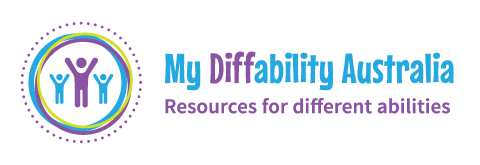
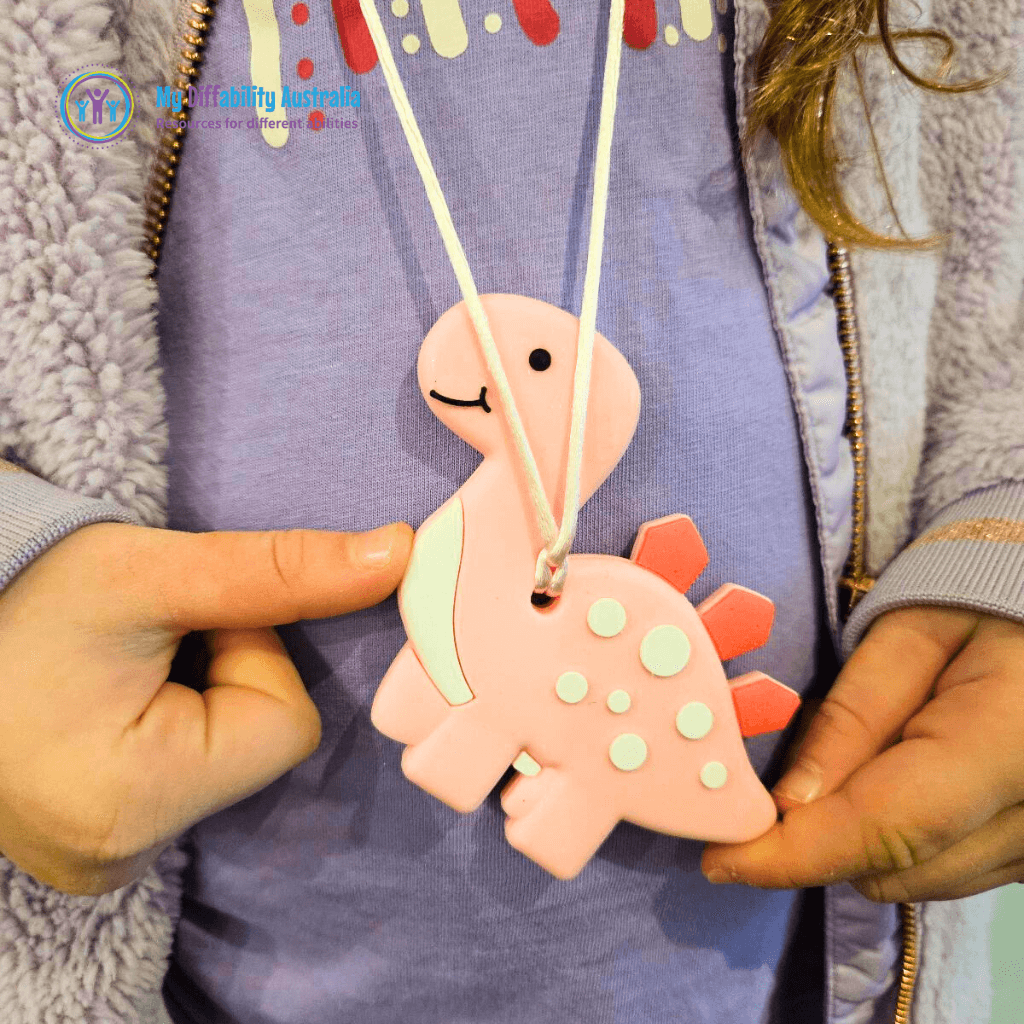
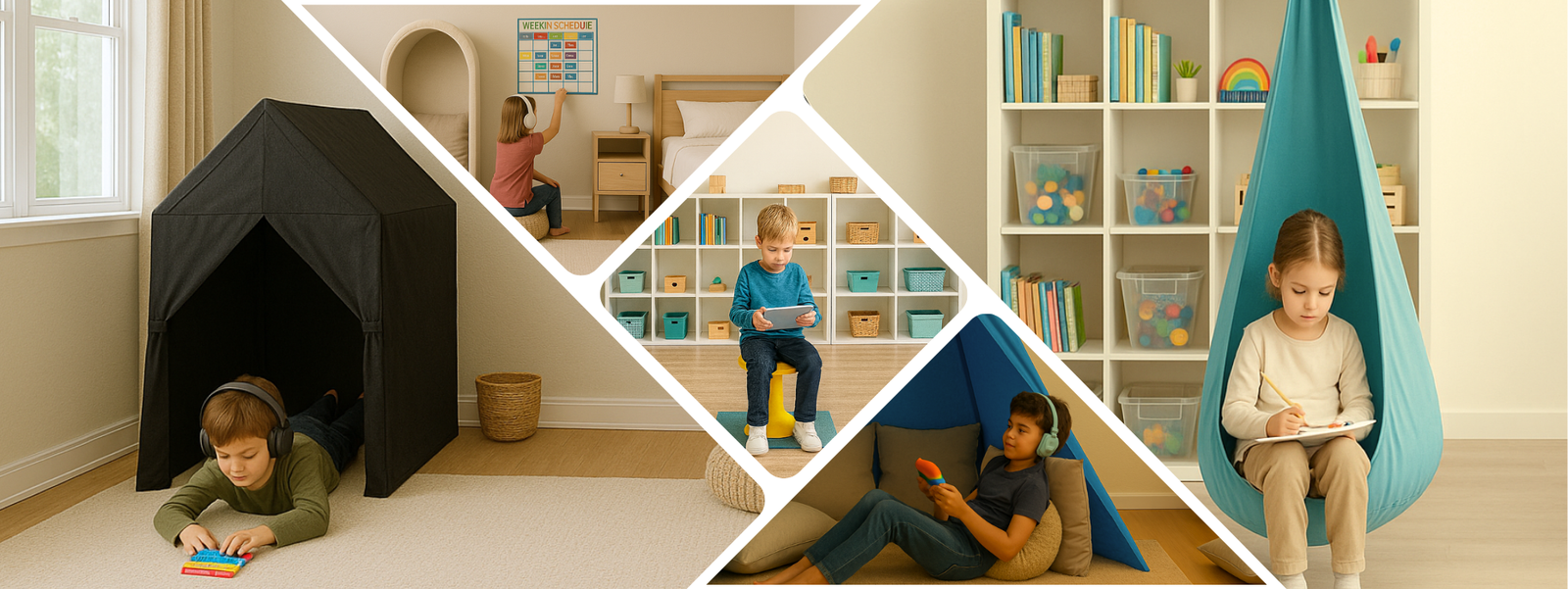
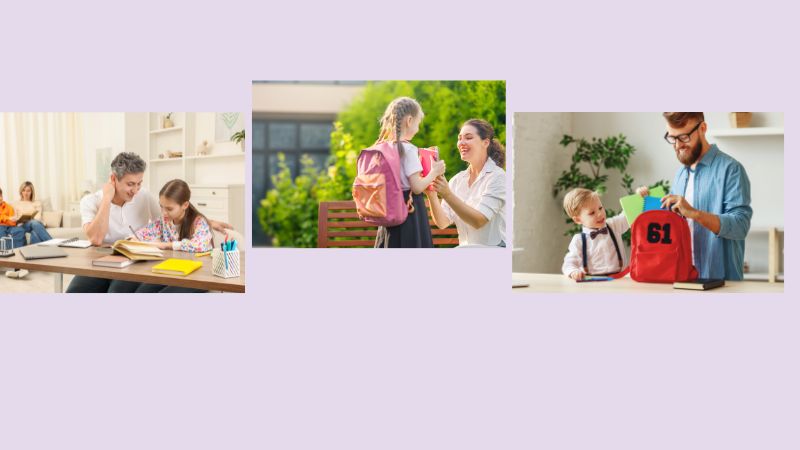
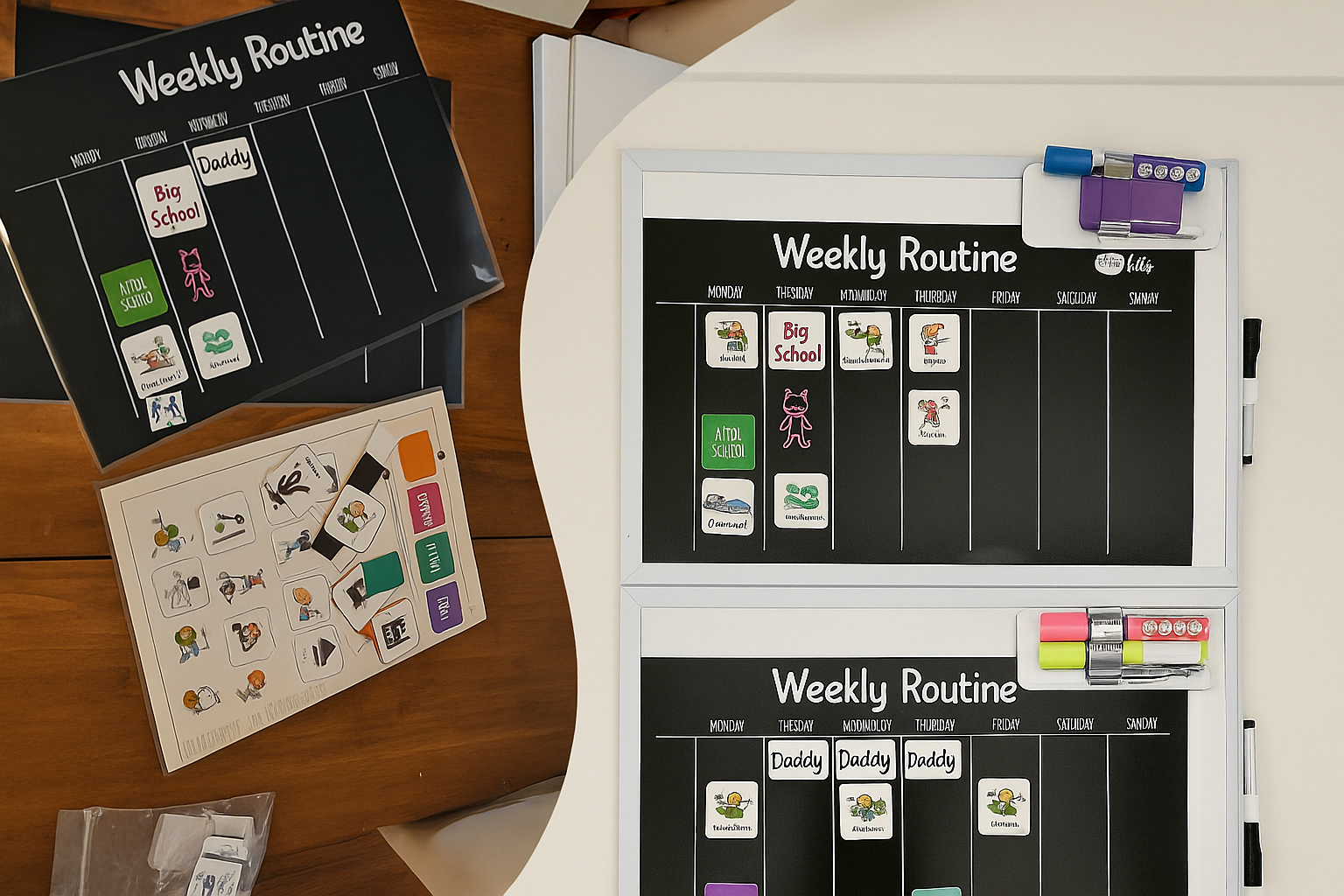
Leave a comment (all fields required)